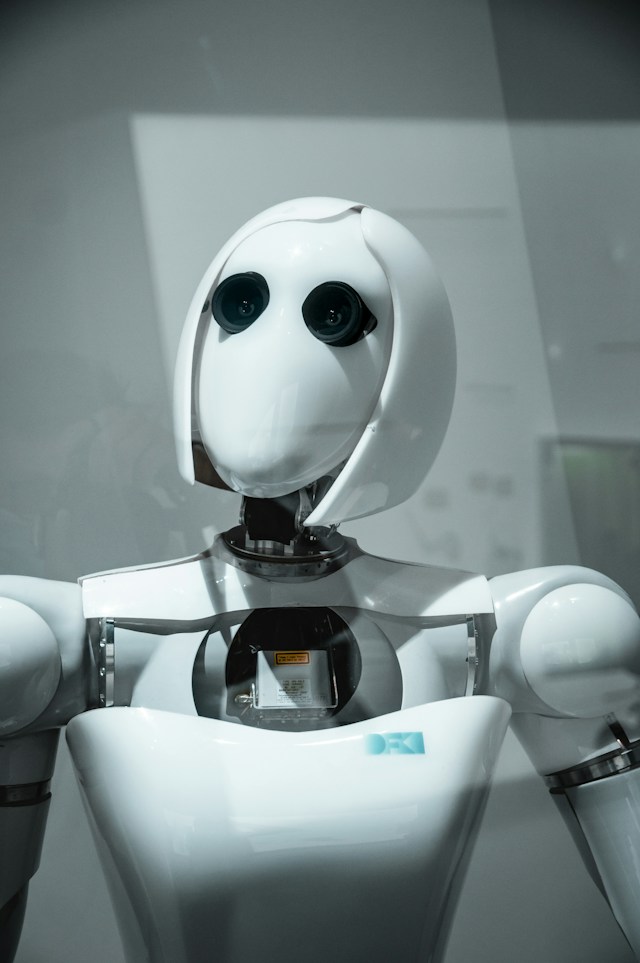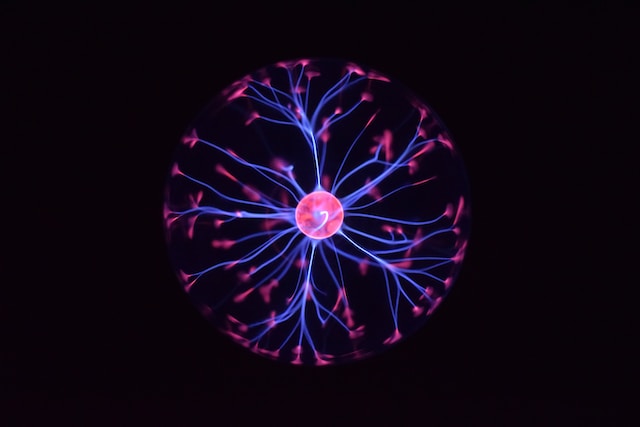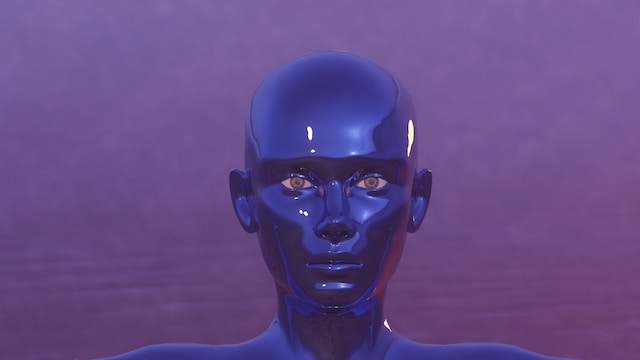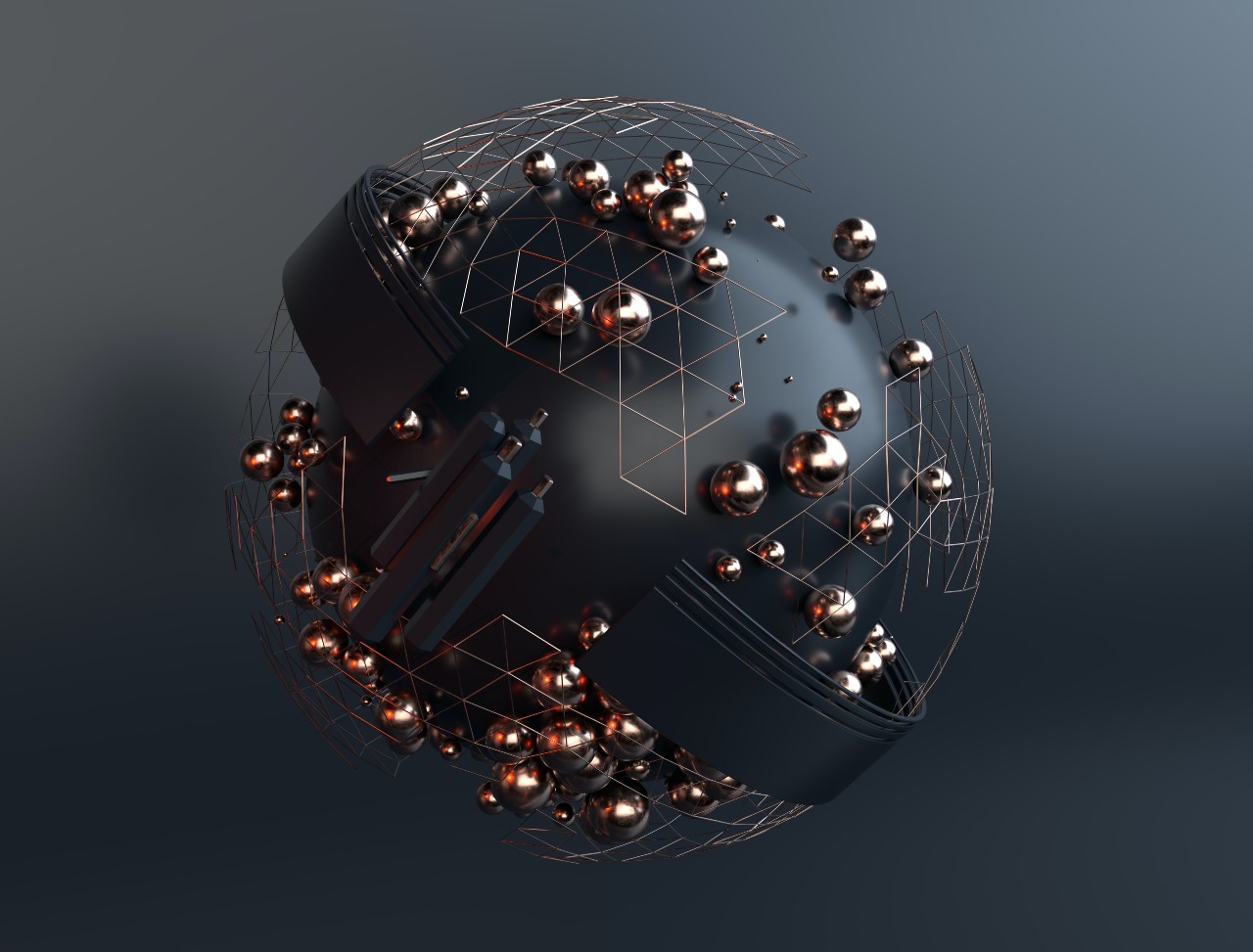Human cryopreservation has started to gain momentum all across the world. Numerous advances are continuing to be made to further optimise the process as far as possible. While there is enough sophistication surrounding the process of entering biostasis, we should not lose sight of the end–goal sought to be achieved: reanimation. A prominent critique about cryonics is the lack of evidence regarding revival from cryopreservation, and rightly so. However, even if medical technologies were advanced enough to reverse terminal diseases, it would all be premature from the viewpoint of reviving those who have been put into cryonic suspension. How? Let’s investigate it!
The threat of the unknown
One part of revival from cryopreservation is the ability to reverse, or essentially cure the terminal illness which caused the death. The other part, which often tends to be overlooked, is the operative part of getting the revived person up and running. The questions that need to be asked here are: Will the person resuscitated from cryopreservation be able to see, sense, and move like a normal human being? Will their limbs be able to function like before? What are the external aids necessary to form them into a complete human being, and are such technologies available?

To answer, and even anticipate such scenarios, we must first understand the nature of threats posed to the functional aspects of a human body due to cryopreservation. Advancements in the procedure of cryopreservation have undoubtedly been significant. The standardised use of vitrification has helped prevent freezing of tissues and thus limit ischemic damage. But the effects of such procedures on the muscular and structural integrity of the human body are unknown. The impact of living in liquid nitrogen for decades will be more relevant for those patients who faced locomotory issues prior to deanimation.
The situation of patients who were cryopreserved prior to the standardisation of vitrification will also be delicate as there will be multiple complexities to resolve along with reversing the cause of their deanimation. The effects of cerebral ischemia, and frozen cell-groups will have to be countered in addition to initiating the rewarming procedures.
An important factor to consider in this regard is the effect on the patient’s eyesight. It is unsure if cryopreservation has the same effects on the tissues in the eye, i.e. preserving their structure and composition, or if they will lose their functionality due to crystallisation. Such a situation would necessitate bionic eye implants upon revival. Let’s take a look at the present state of these technologies.
Bionic eyes
When cryonicists from Alcor evaluated the condition of Dr.James H. Bedford, the first person to be cryopreserved, 24 years after he was cryonically suspended, his eyes were found to be partially open, while his corneas were chalk-white due to the ice. Such a condition would undoubtedly have an adverse bearing on the vision of the cryopreserved person. Hence upon reanimation, they would need to undergo repair procedures, and one option is the bionic eye implants. The quest for bringing light to the lives of people who suffer from varying degrees of blindness was undertaken by Second Sight. They set out to provide artificial vision to patients through their Argus Series of retinal implants, which enabled patients to identify light, and trace objects in front of them to a certain extent. These implants were coupled with special glasses containing a camera, which fed live footage to a video processing unit (VPU). The VPU would then compute the images and transmit them to the electrodes implanted on the patient’s retina. Flashes of light resembling the live-video provided a sense of vision to the user. These retinal implants seem practical and could be used to provide visual assistance to revived cryonics patients.
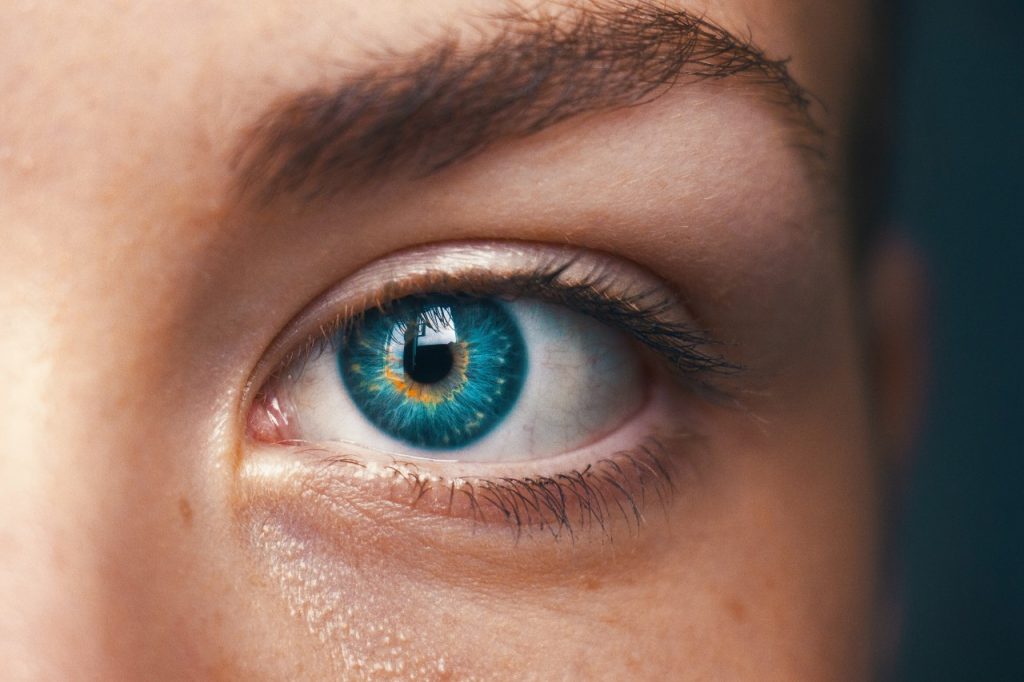
But this technology is not without its demerits. The person getting these implants needs to be trained on how to use them, and its compatibility factor is crucial. Moreover, their use needs to be constantly monitored, and the possibility of infections cannot be ruled out. There have been adverse instances where the Argus system has shut down when the patient was going about their daily business. Attempts to repair it were not successful, leaving an inoperative piece of technology in the eye. The Argus inevitably contains some magnetic properties, which makes it difficult for people to undergo MRI and other magnetic scans. Ross Doerr, an implantee, was unable to get an MRI scan due to the presence of Argus II in his system. This has put him at risk of not knowing if he has a brain-stem tumor.
All of Second Sight’s recipients face these difficulties now as the company was financially plagued in 2020, forcing them to abandon the technology and the patients. They have been left literally in the dark with no information or assistance. Putting cryonics patients who have been revived from suspension through such an ordeal would defeat the very purpose of life extension.
What about artificial limbs?
Artificial limbs, aka bionic limbs, are currently used to provide assistance to patients suffering from amputation of body parts. These are classified into three main facets on the basis of tissues: nerve-transferred muscle interfacing, direct muscle interfacing, and direct nerve interfacing. Rather than being a replacement, these artificial limbs act as advancements, negating any disadvantage faced by amputees. These have evolved from being mere wooden attachments in the earlier centuries, to the modern electronic ones which can be integrated with the central nervous system. This makes it possible for them to replicate normal functioning of parts. The advanced technology also enables the person with these limbs to experience physical sensations.
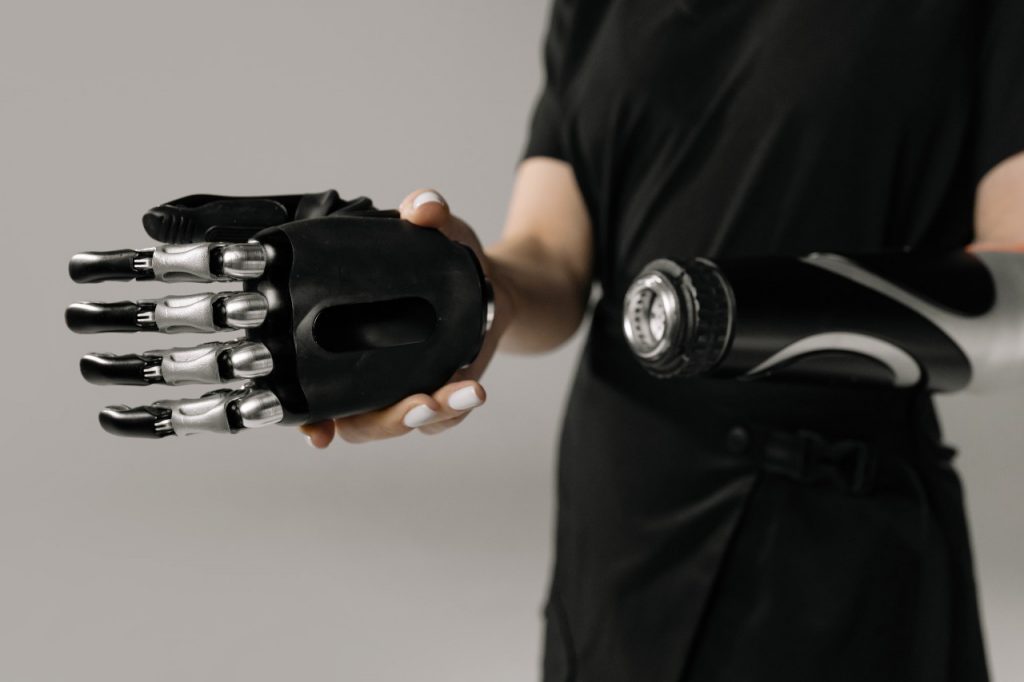
But the extent to which this can be applied to cryonics patients can be ascertained only through experimentation. Bionic limbs also cause certain side-effects which include instability of implants, bone fractures, infections resulting from potential breakage of implant parts, etc. Such issues could prove to be fatal for cryonics patients who would have already undergone numerous procedures before, during and after their cryonic suspension. Cryonicists are thus banking on developments in the nanotechnology sphere which can repair structural damage at the cellular and molecular level, thereby not necessitating any external aids in the nature of implants. While the bionic limbs of the present age are, without a doubt, excellent medical devices, they are yet to replicate the complexity, range of movement and functionality of a normal human limb.
Neuropreservation and its challenges
Various cryonics advocates make a case for neuropreservation (preservation of just the brain) as against whole-body preservation because, according to them, it provides an edge over the latter in terms of time, space and money. This, however, also presents significant challenges when viewed in terms of revival. The network of neurons in the nervous system are so vast and complex that an entirely undisturbed preservation of the human brain currently appears unlikely.
A whole body would need to be constructed as the brain is only a means to facilitate functioning, albeit an important one. Complexities then arise with the problem of establishing the brain-body connection, which also forms a large part of one’s identity. The technological progress to achieve this, be it cloning, or constructing a new body through nanotechnology or artificial intelligence (“AI”) is yet to be made. At present, one can only speculate how such a connection could be established, i.e. through training the artificial muscles to obey the commands of the brain, which would be time-consuming and complex.
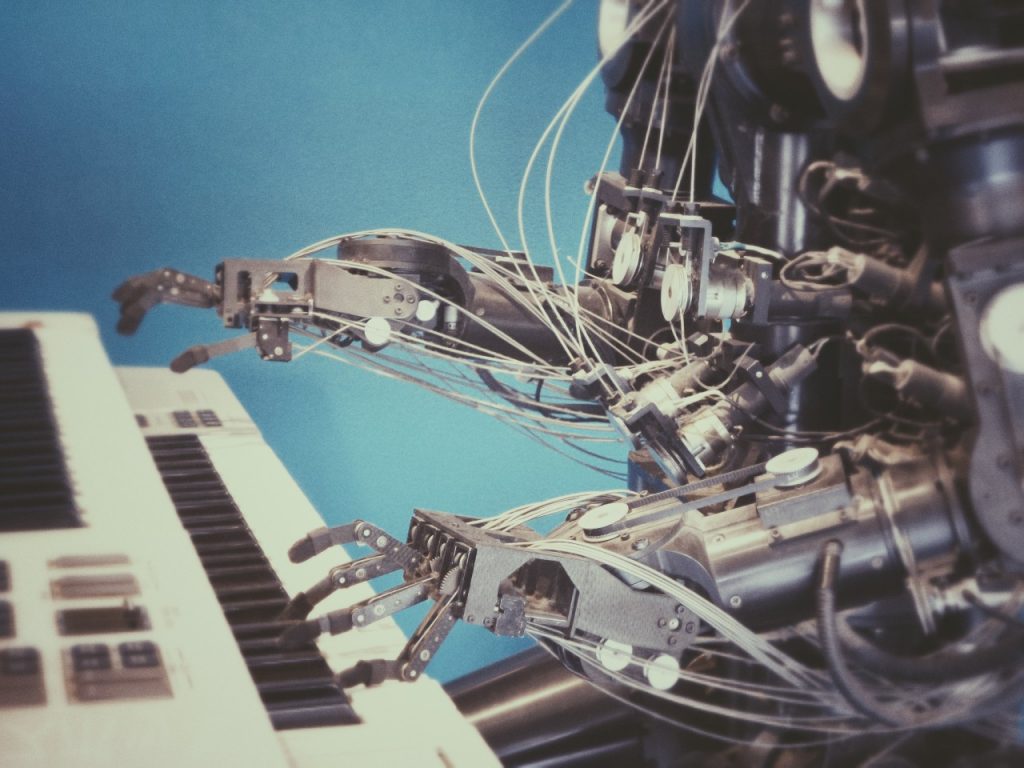
Amidst such uncertainty of future-available technology, even if there exists a way to reverse a brain tumor, revival would still largely depend on the ability to construct a body and integrate it with the brain.
Rays Of hope
That being said, the situation is not entirely bleak. Cryopreserved corneal tissues were successfully used in 2020 to perform therapeutic penetrating keratoplasty (TPK) to treat recurring infections and repair structural defects in the cornea. A total of ten cryopreserved corneal tissues were stored at -80 degrees celsius in a special freezer to allow for their indefinite preservation. The successful treatment is evidence of the fact that eye tissues can be cryopreserved for further use.
Cryopreservation has stretched its wings towards the preservation and replantation of severed limbs. An experiment conducted on rat limbs in 2021 revealed that cryopreserved rat limbs, which were also put into the University of Wisconsin (UW) solution, recovered faster and their functioning capabilities were better restored when compared to sets of limbs preserved using other methods. The methods and solutions however would have to be tailored to suit the peculiar requirements of human tissues and the condition of cryopreserved human beings to restore their functionality. Companies such as Neuralink, in a bid to assist those suffering from paralysis and to expand the abilities of an average human being, are developing AI-powered neural interfaces.
Premature but not impossible
The discussion here is that revival from cryopreservation in the present world, even with the assumption that cancer-reversible technologies exist, would be hasty because other supplementary technologies are yet to be developed. Therefore, merely because a thing has not yet been achieved does not mean it never will be. After all, it took centuries for the human race to discard the geocentric model and accept that the sun was at the center of the universe. Reanimation too stands to become a possibility in its own time, with the availability of the right applications.






